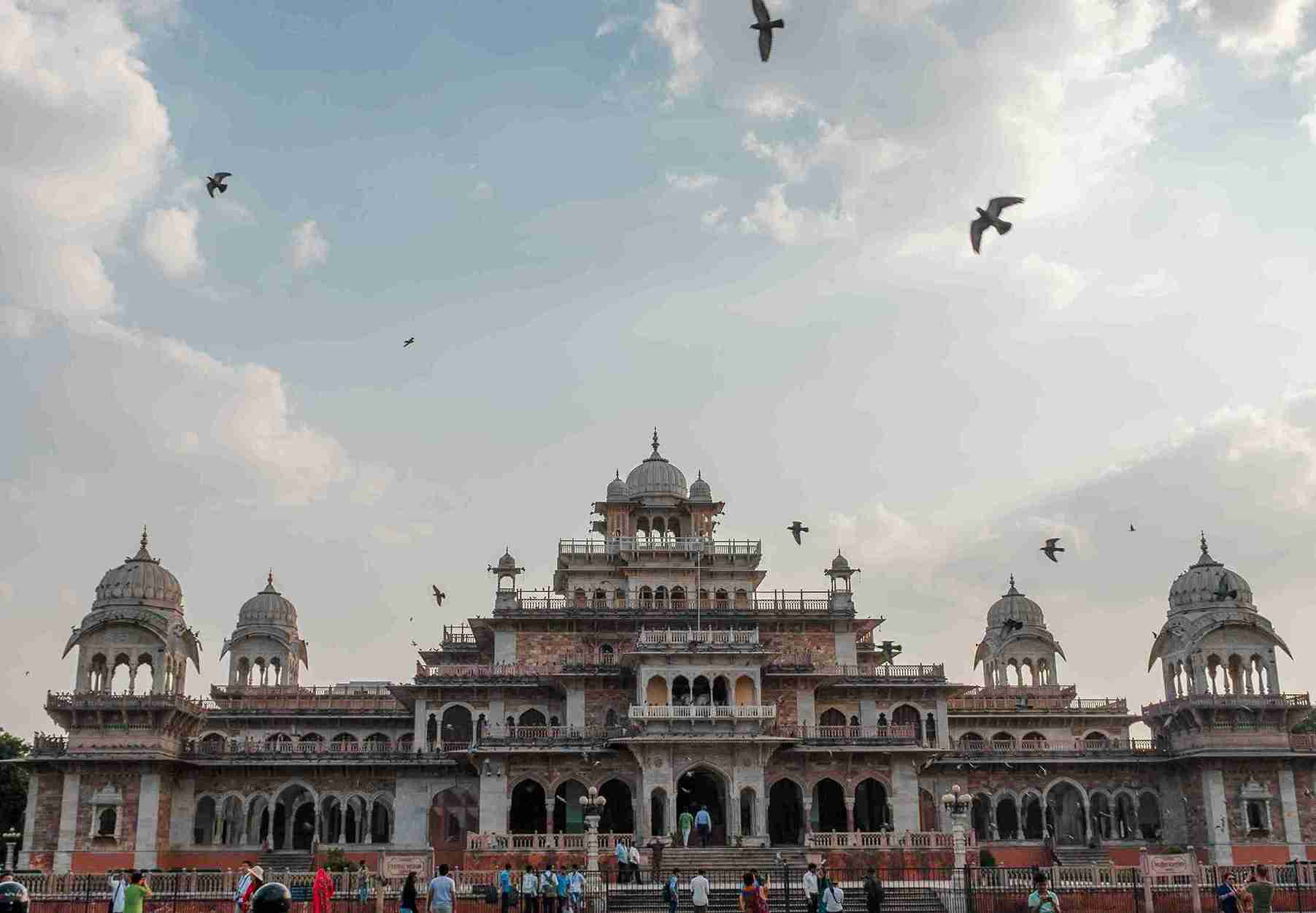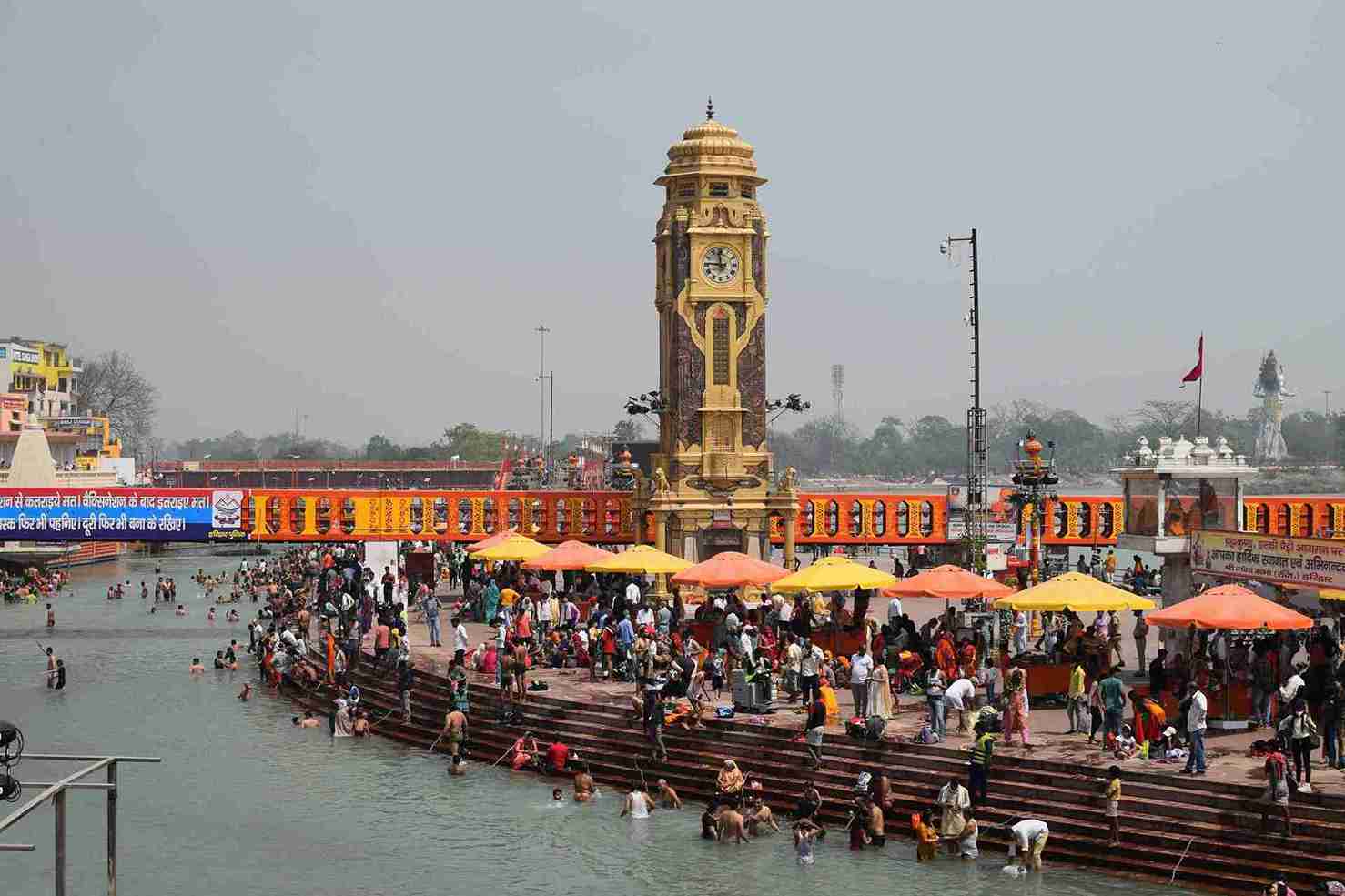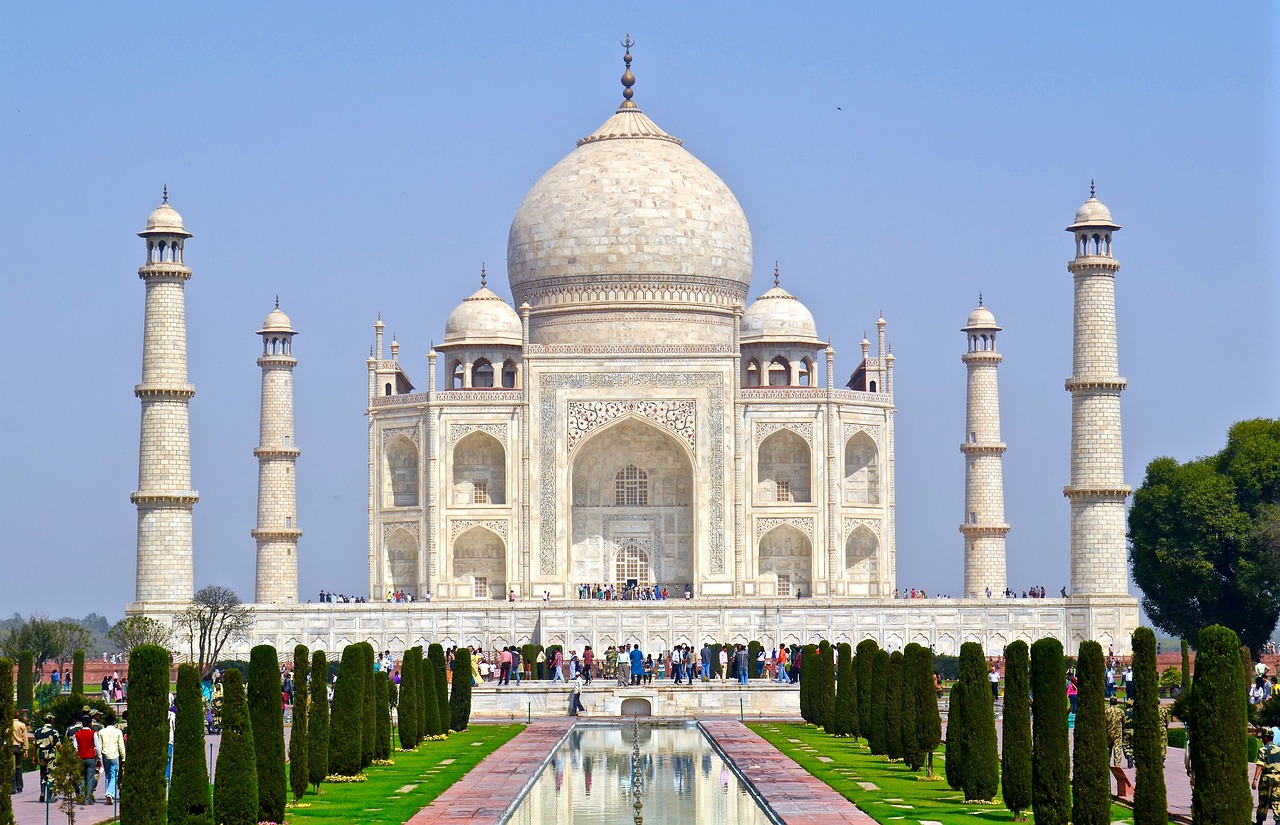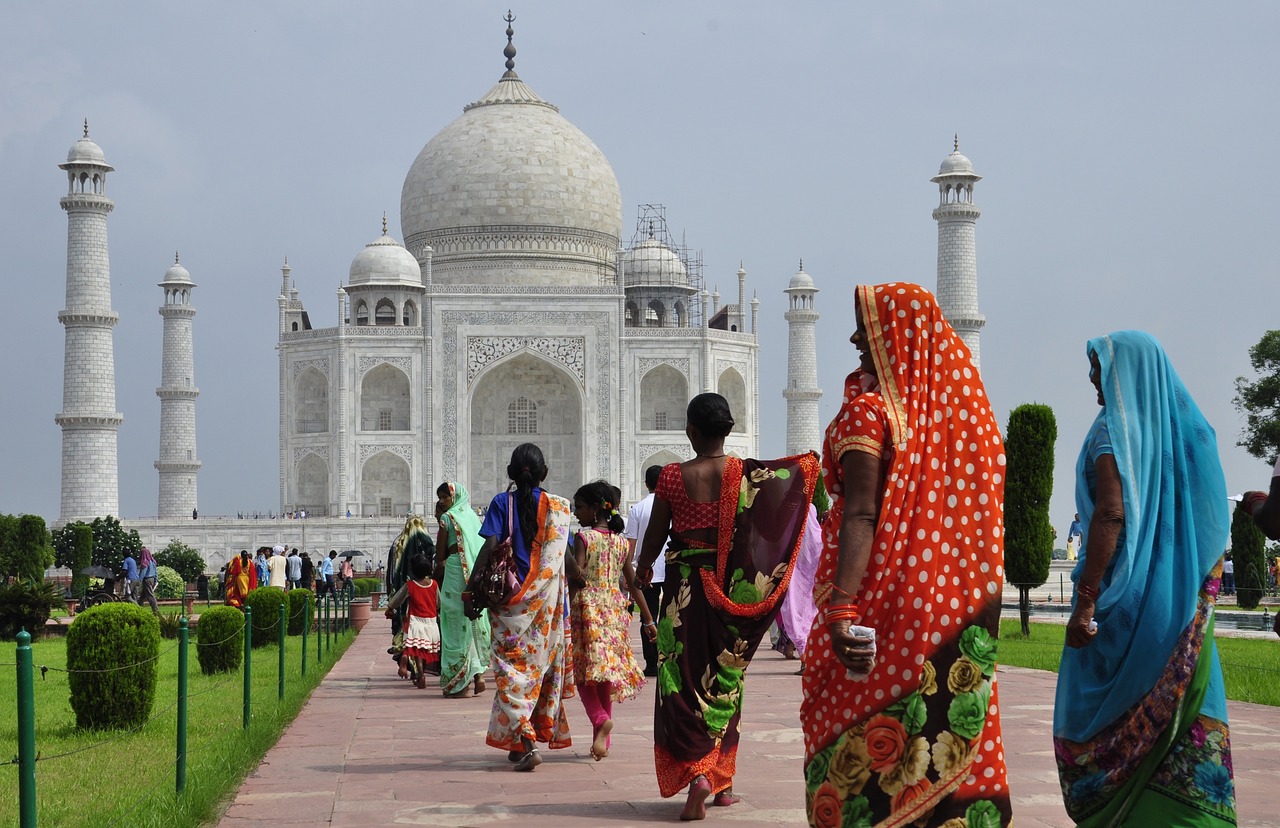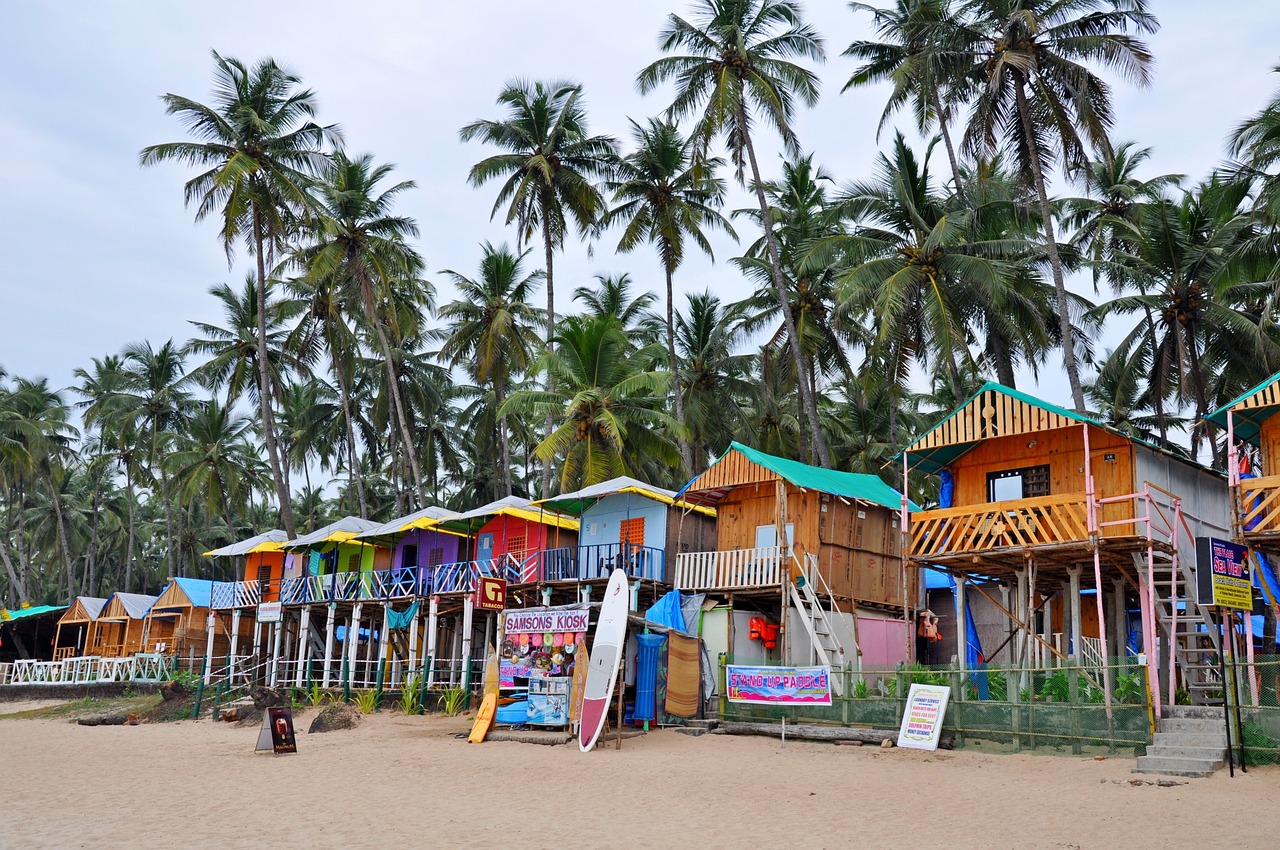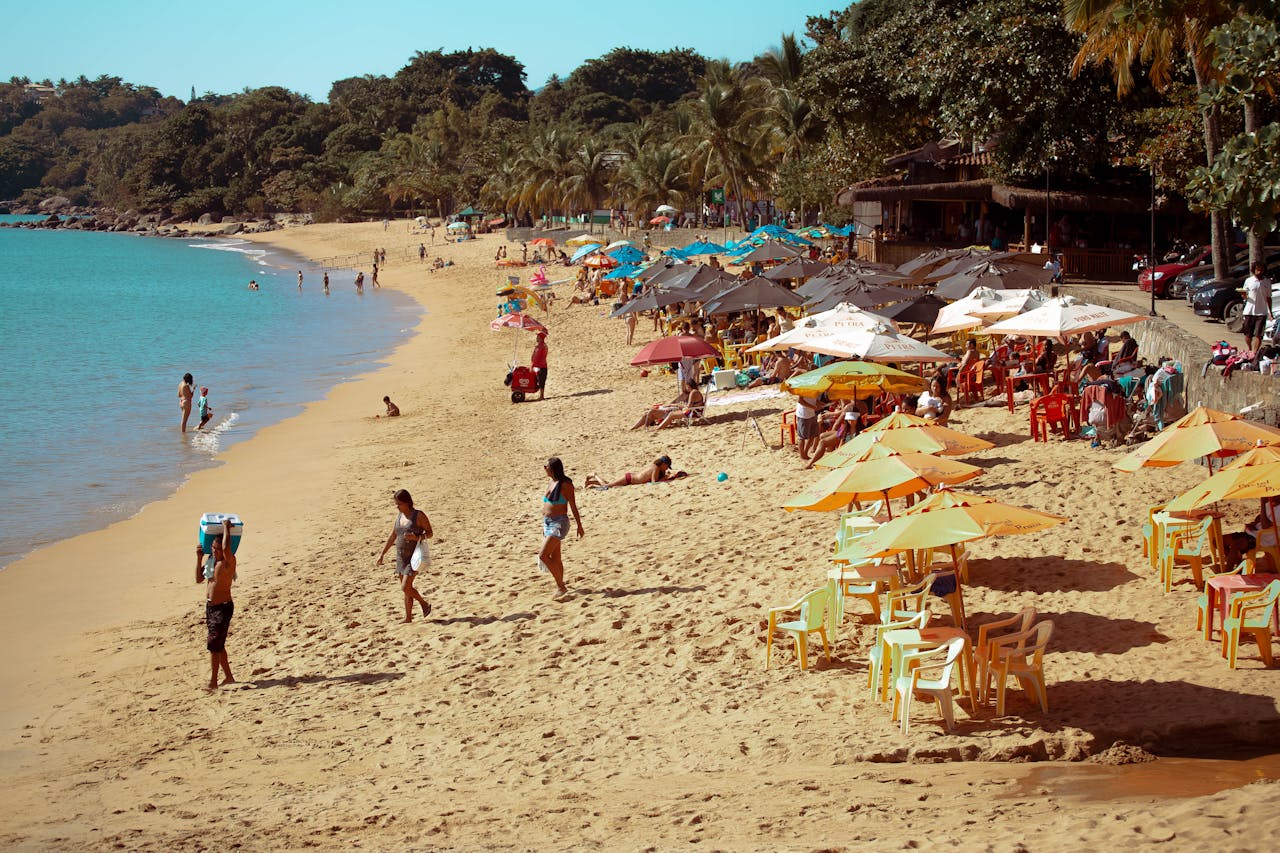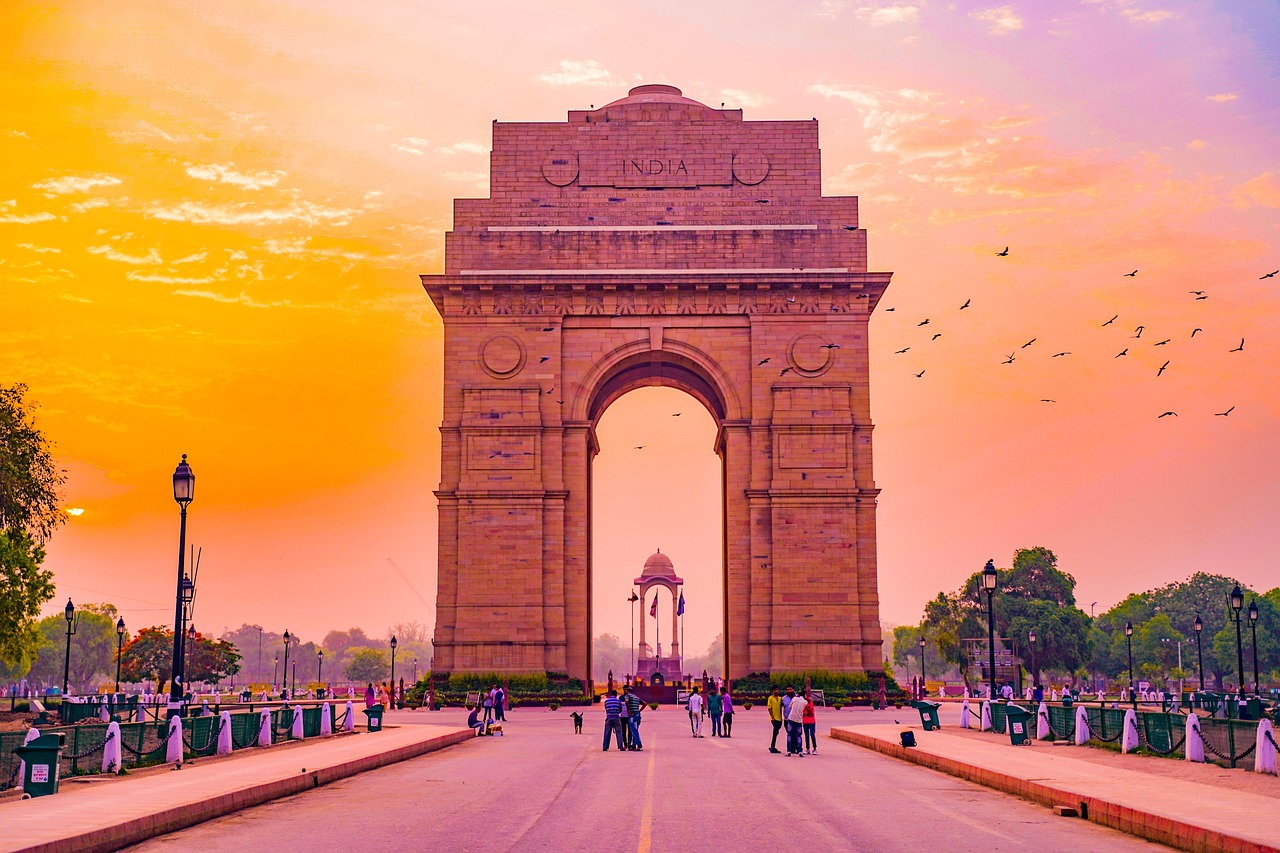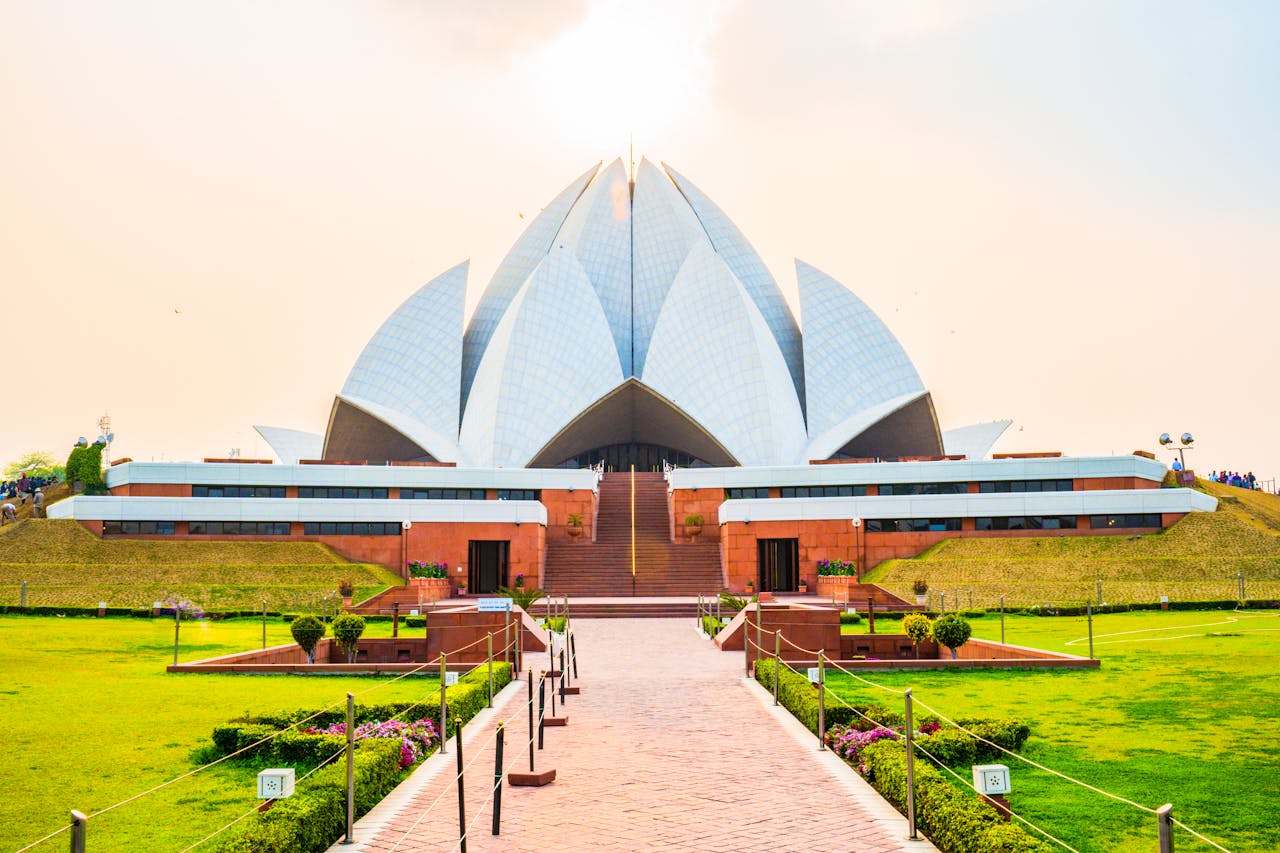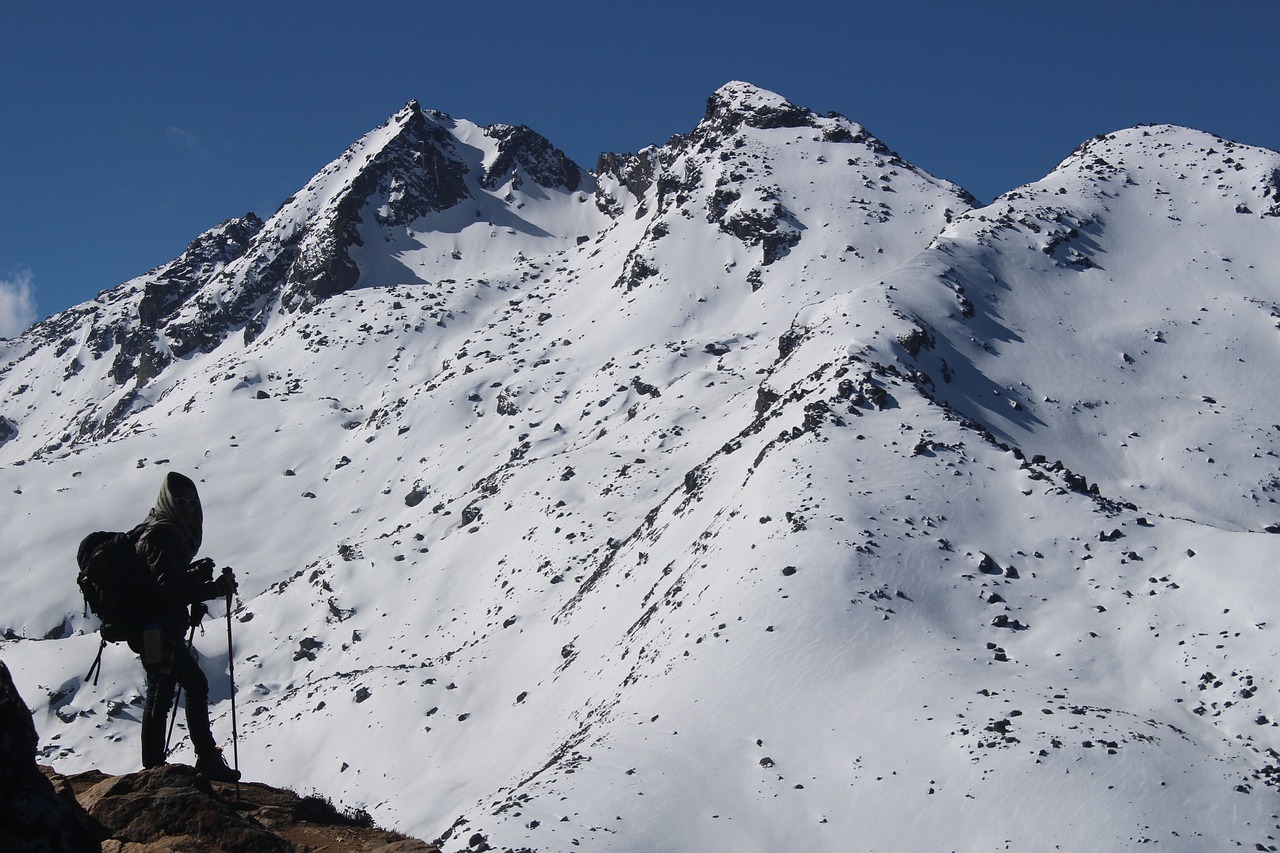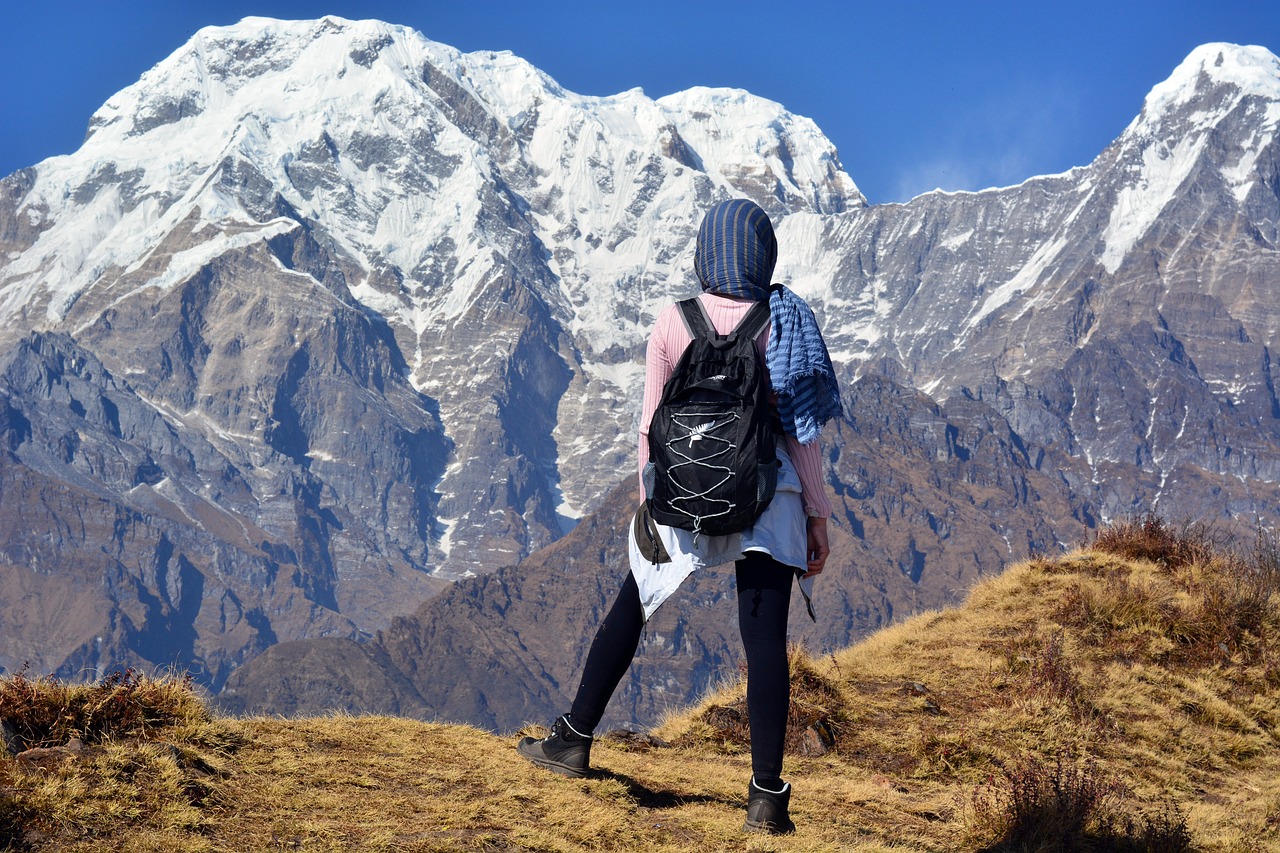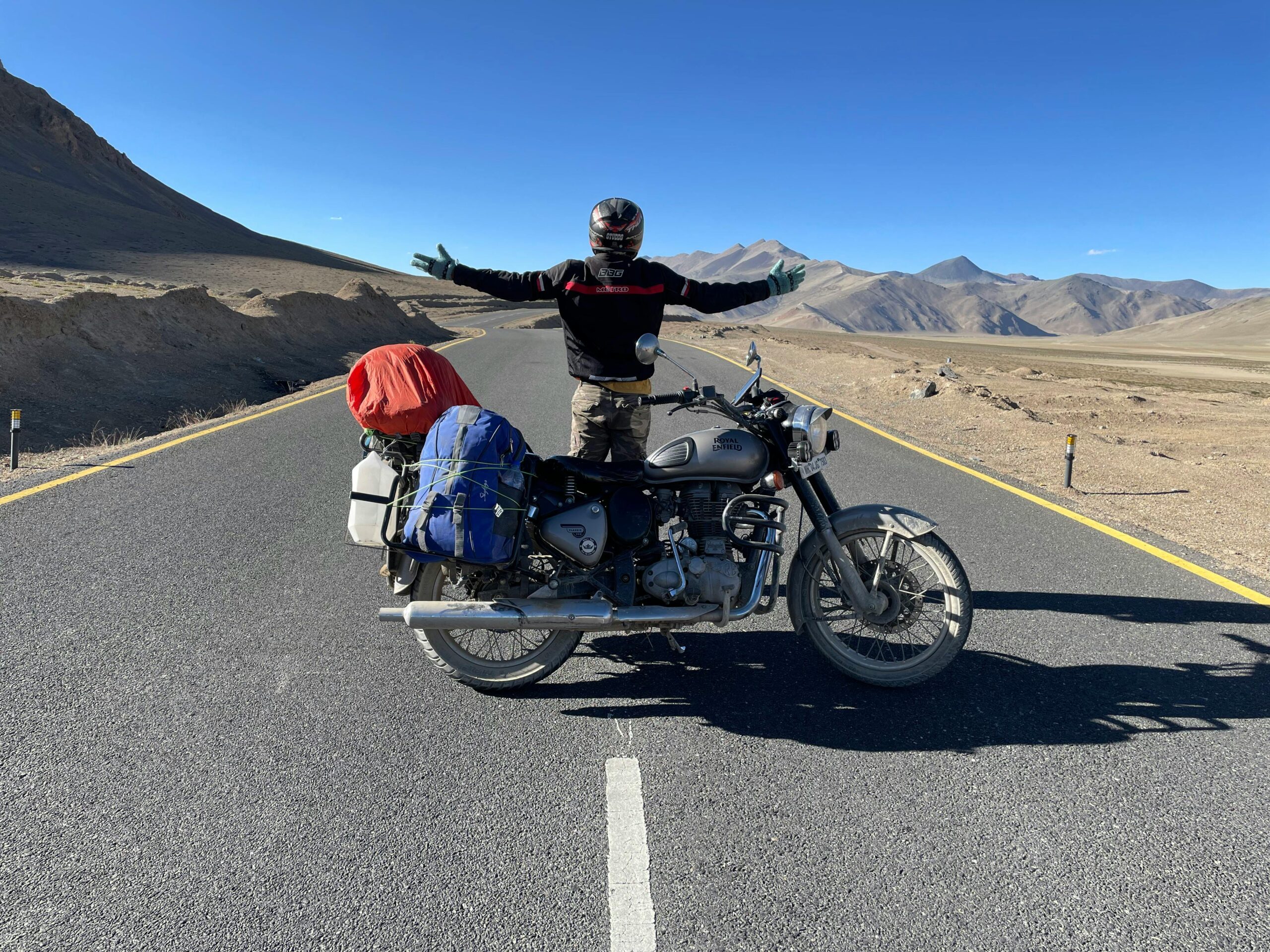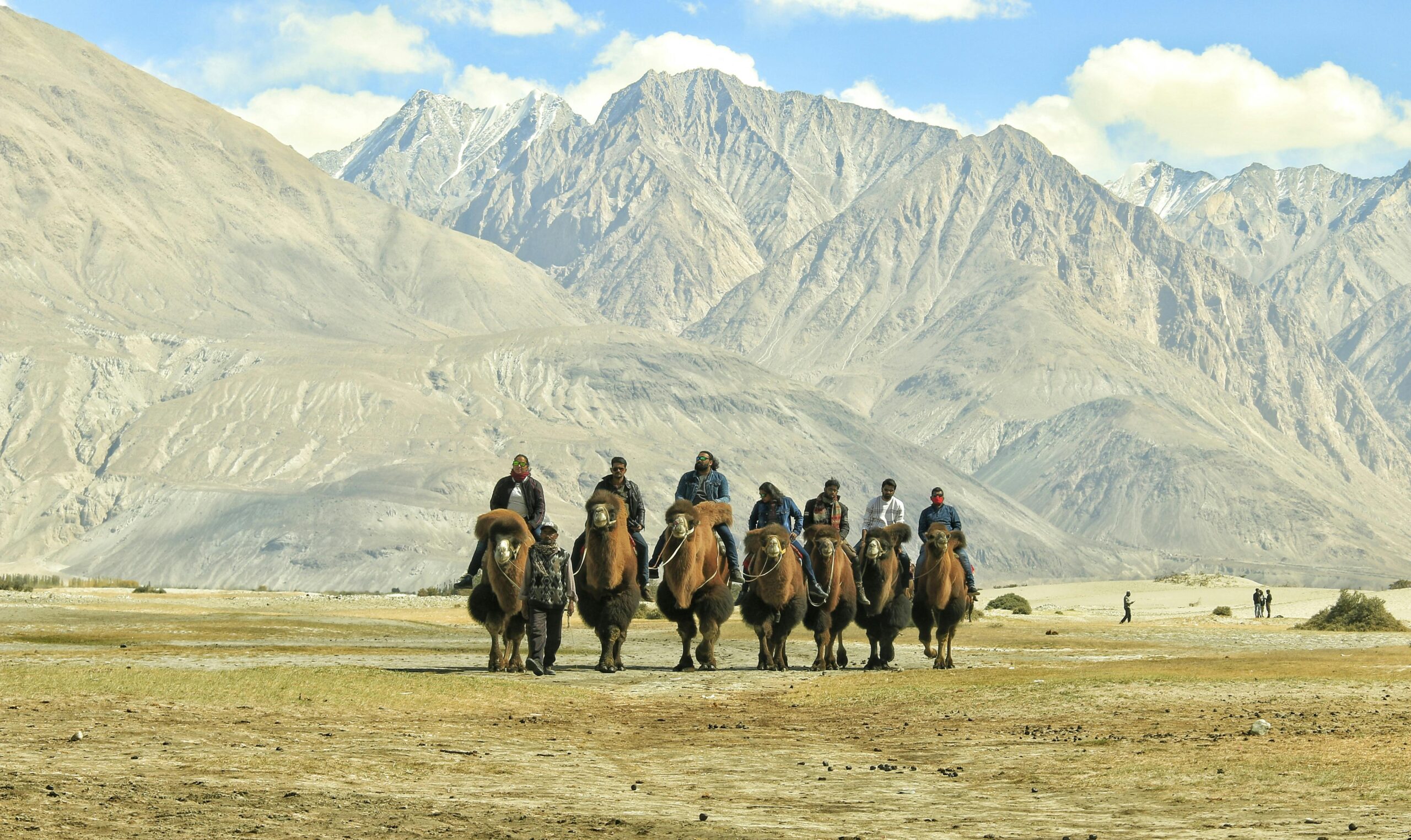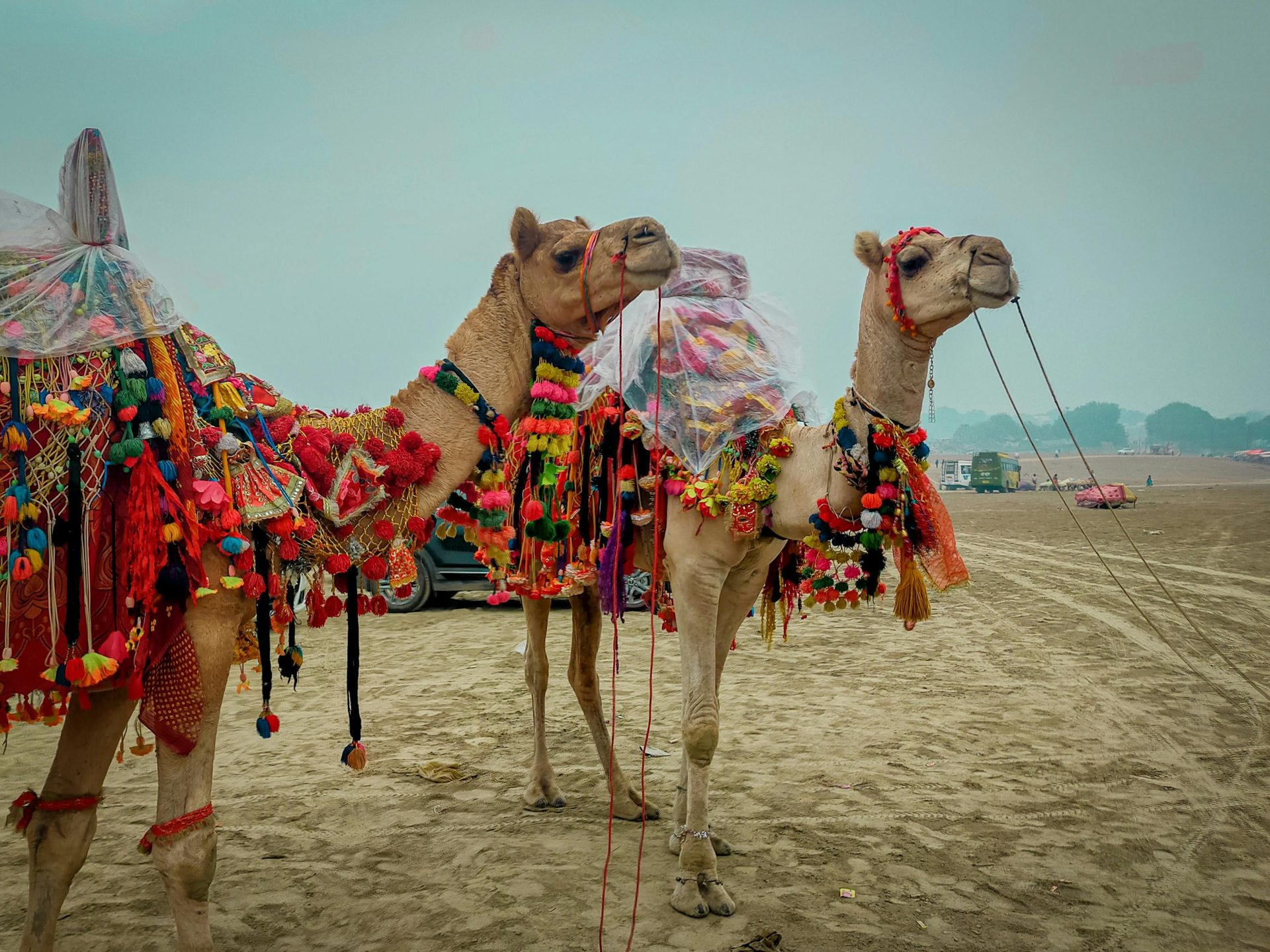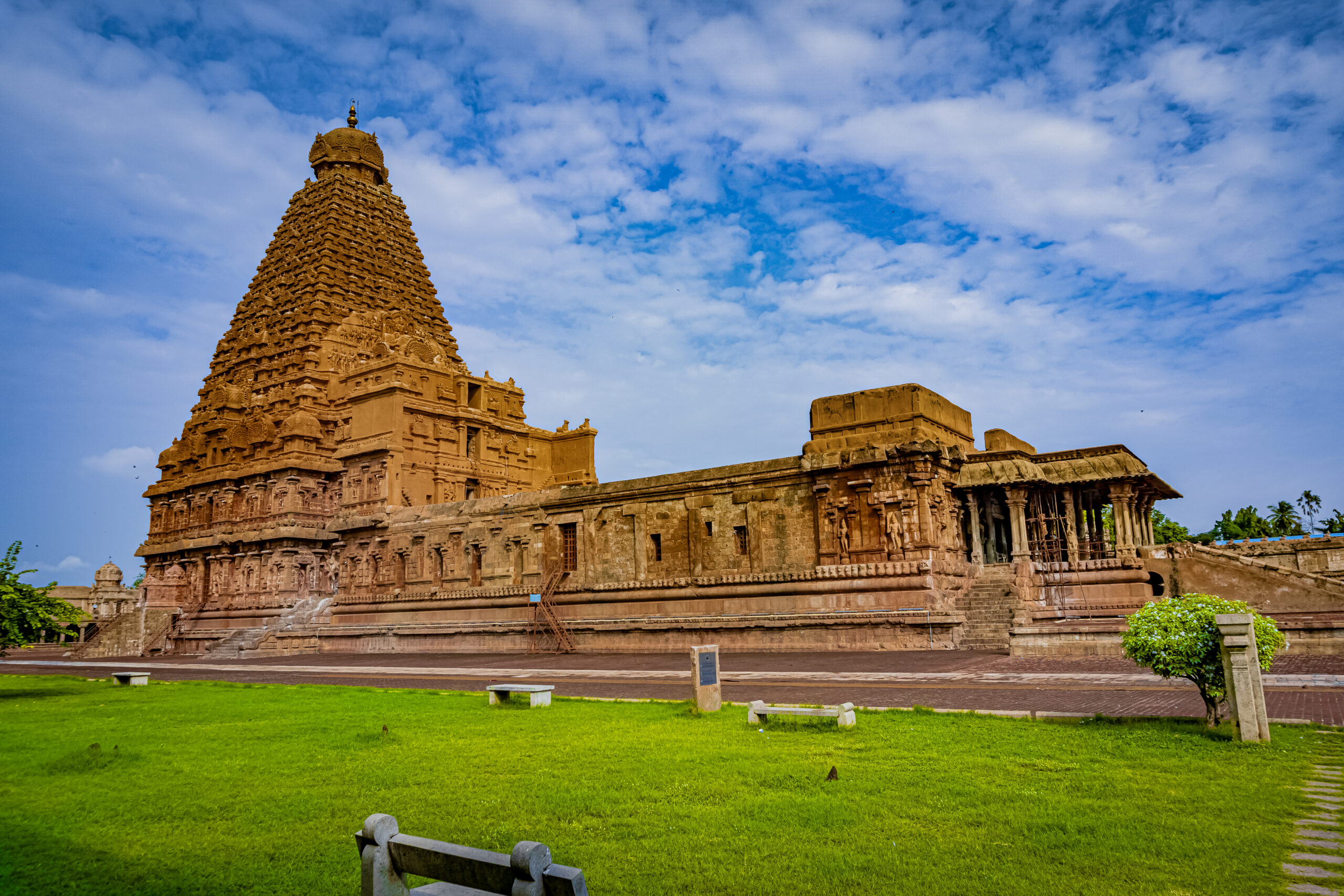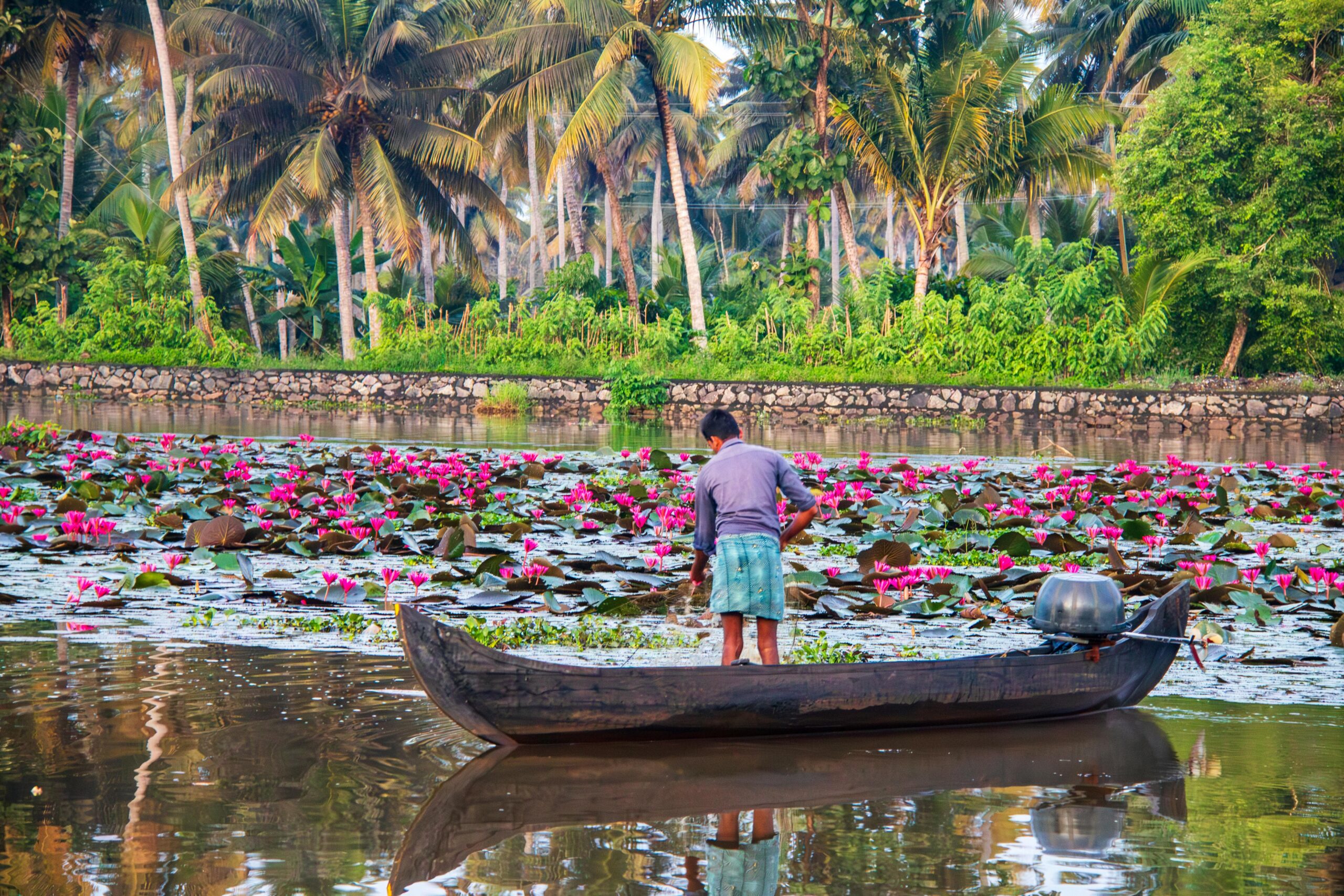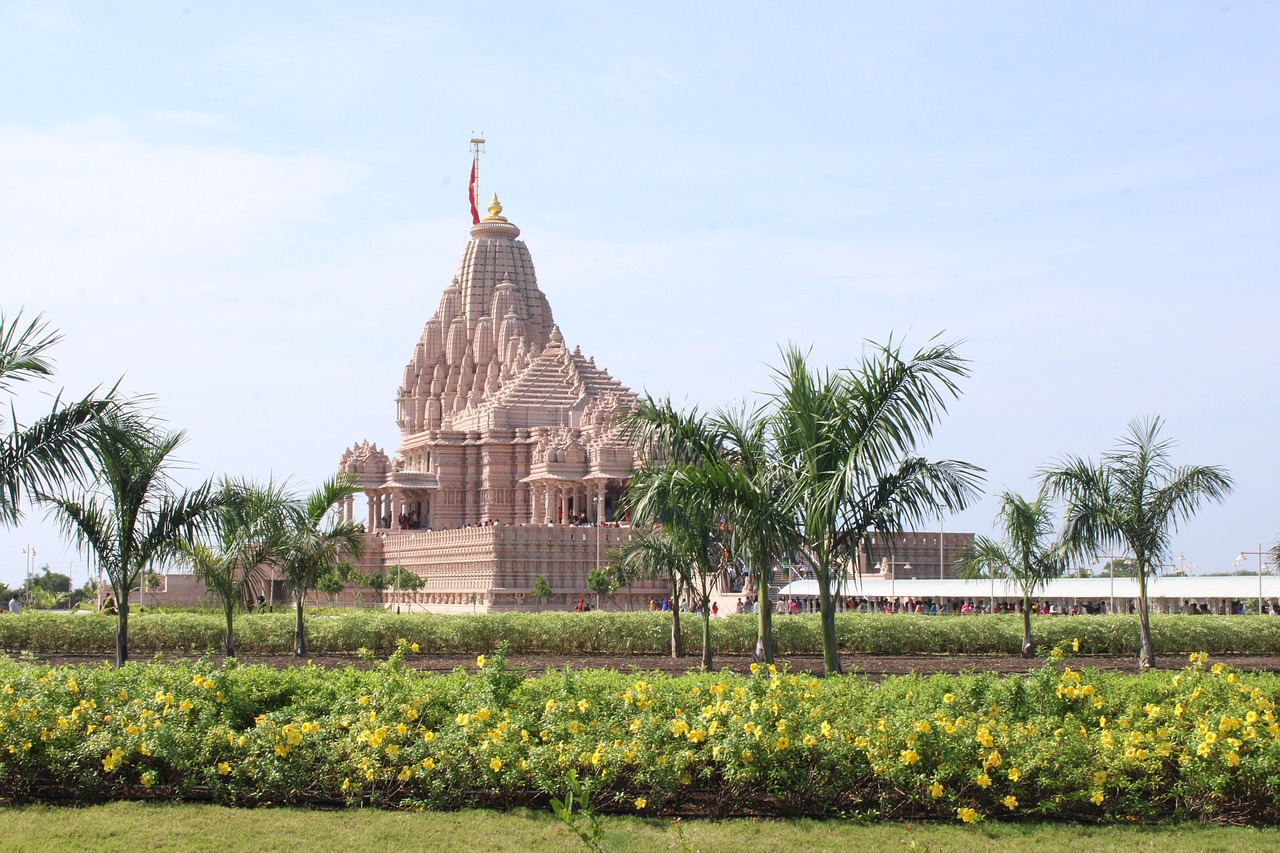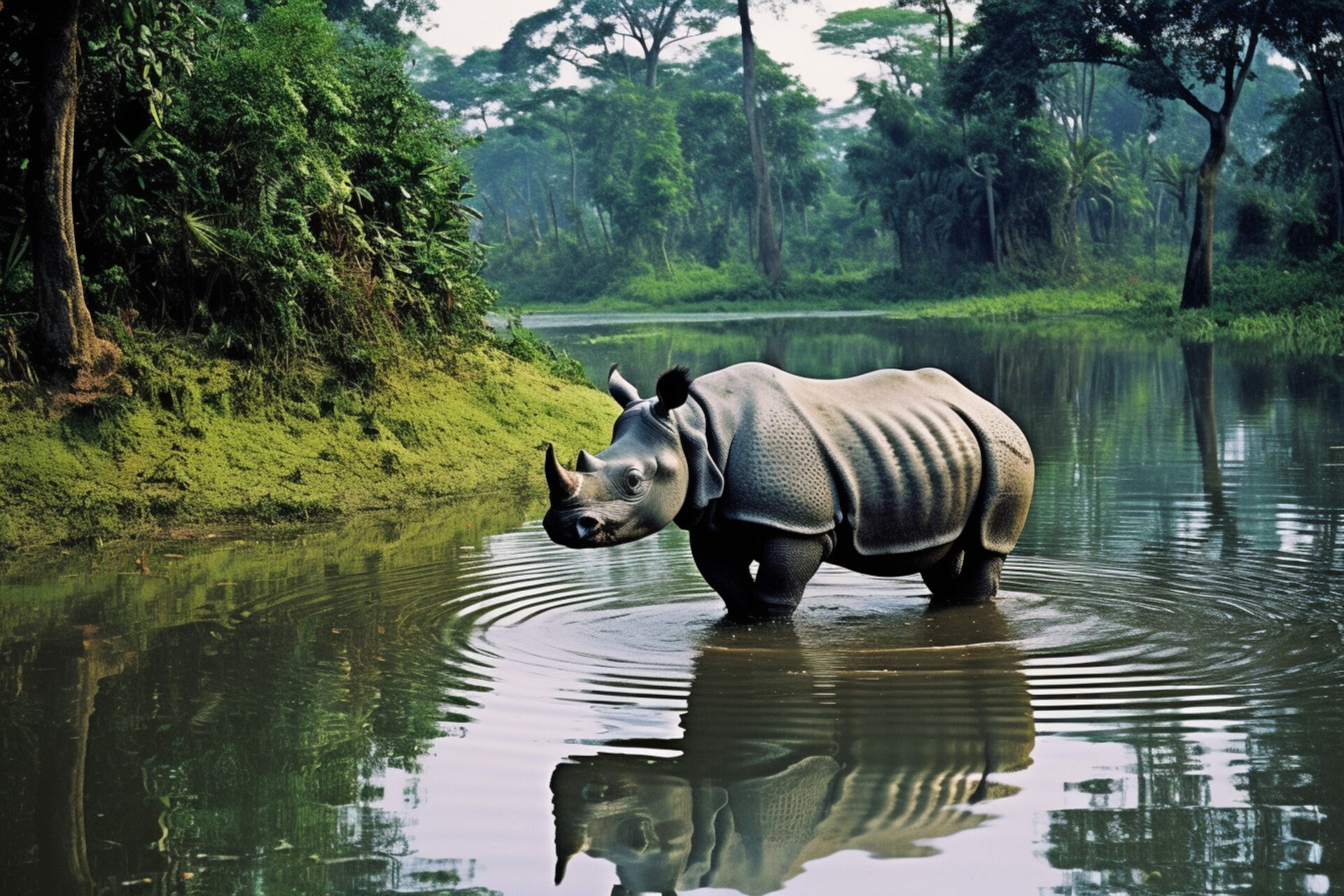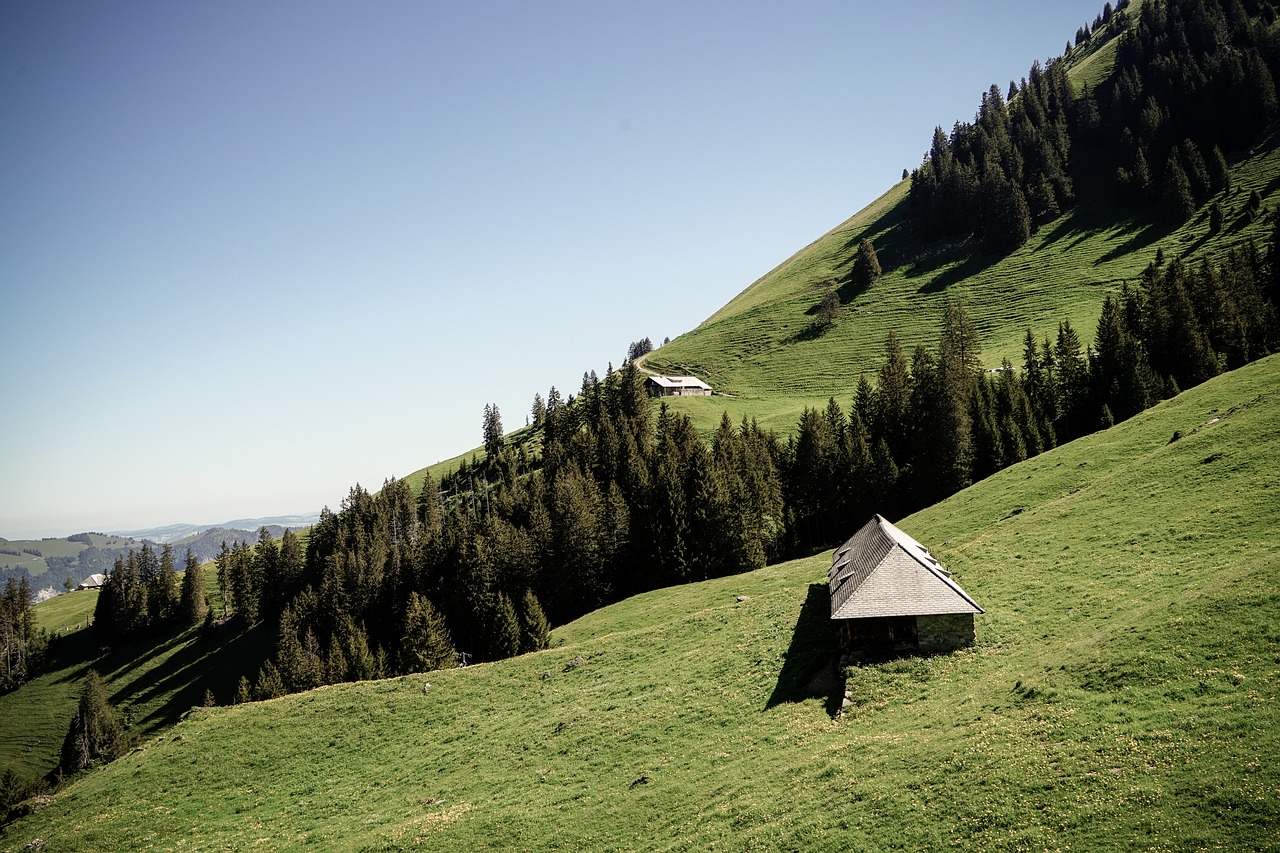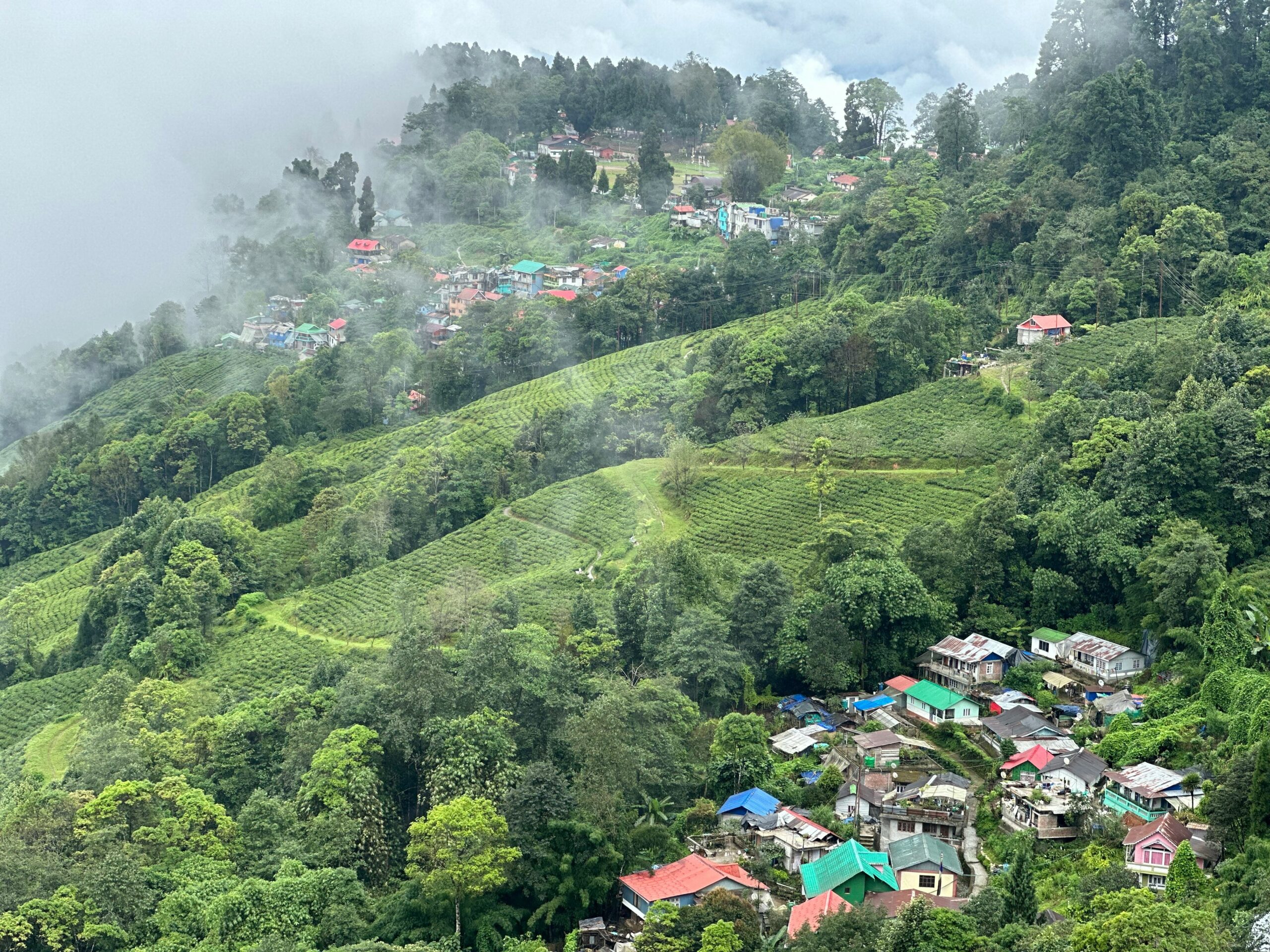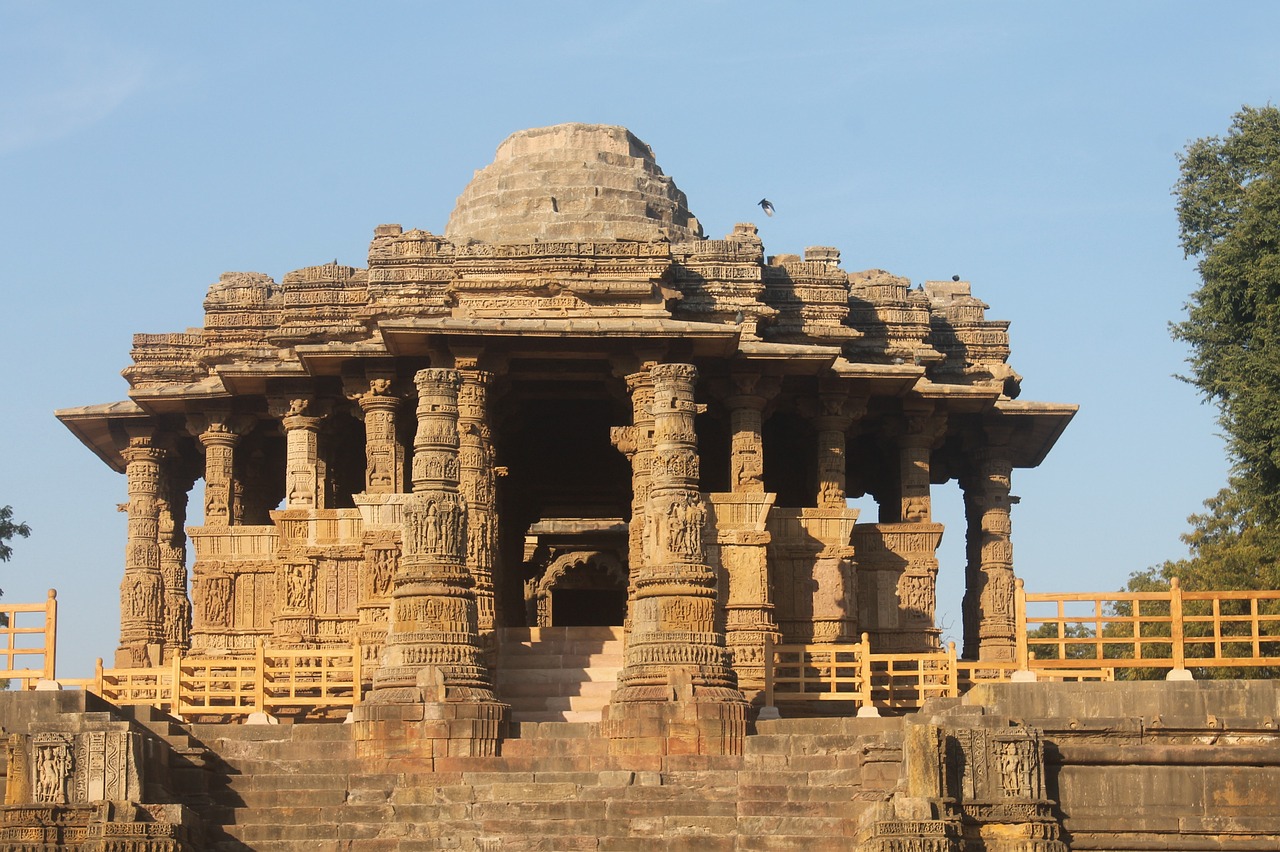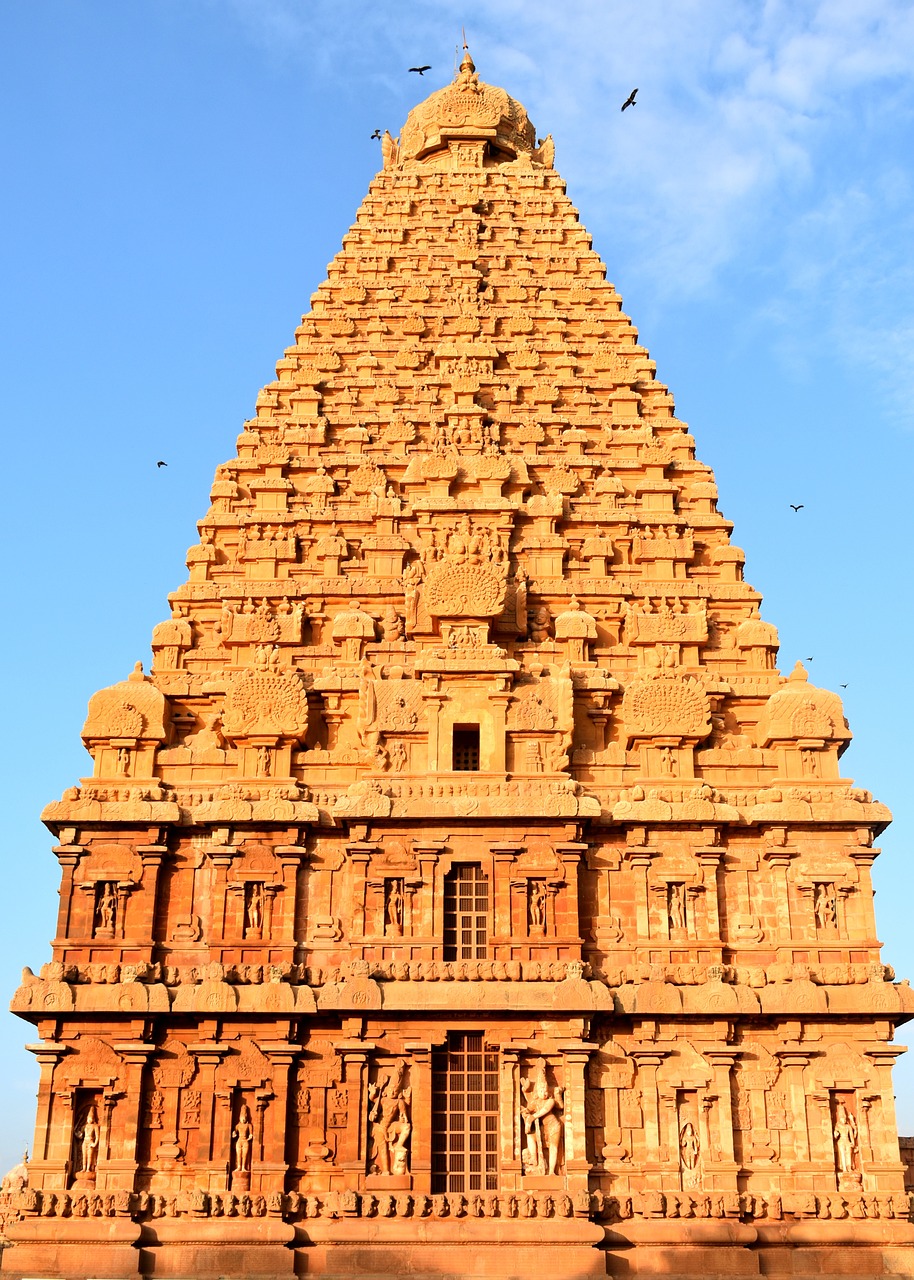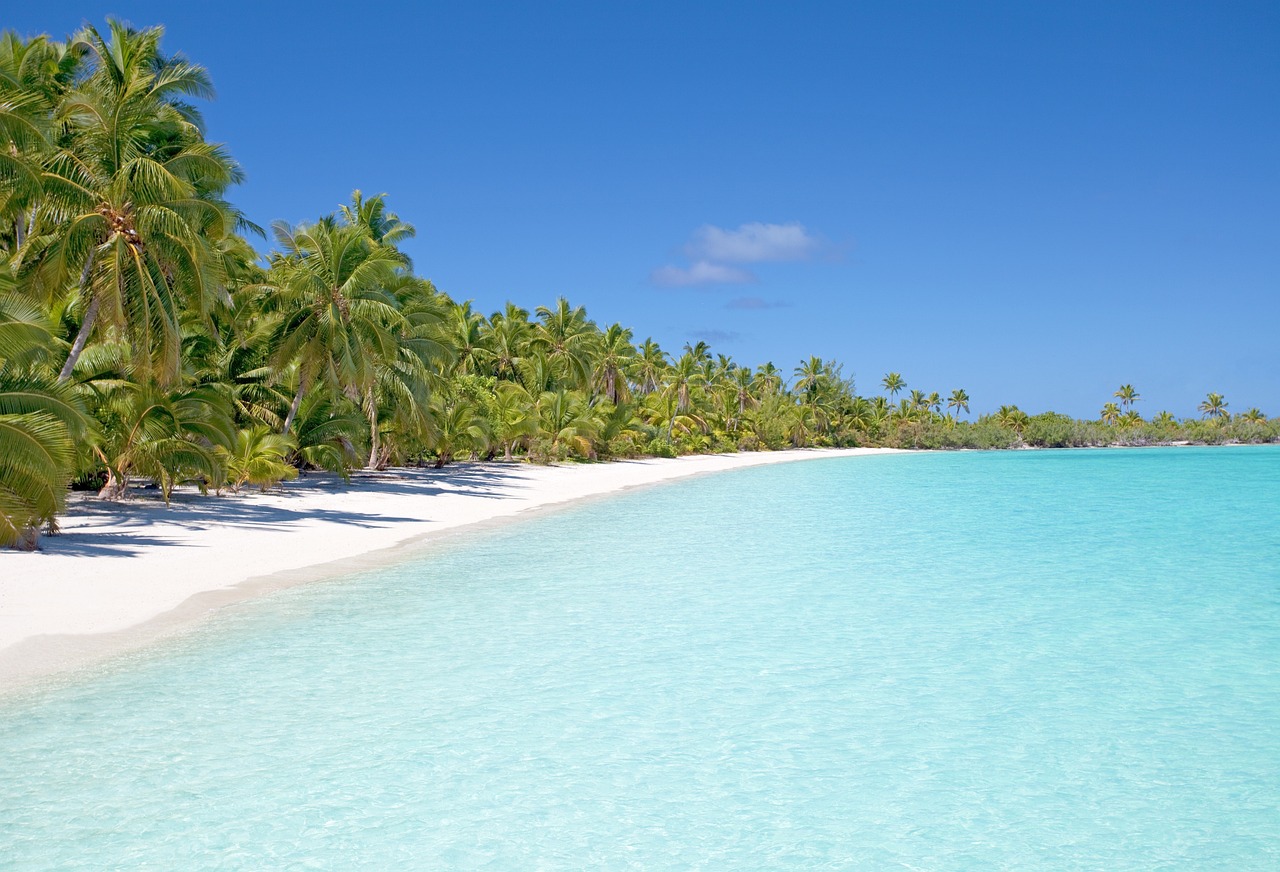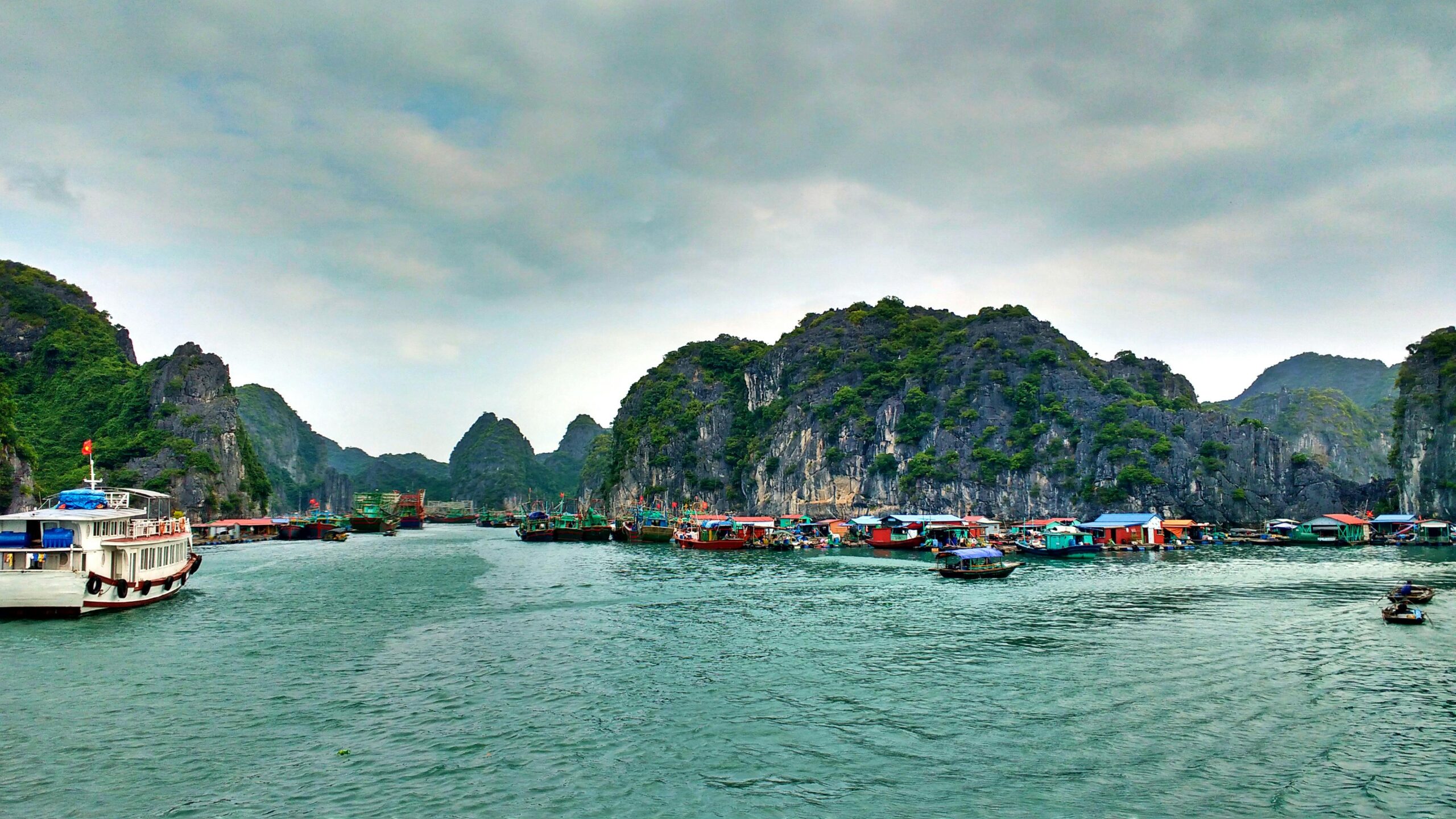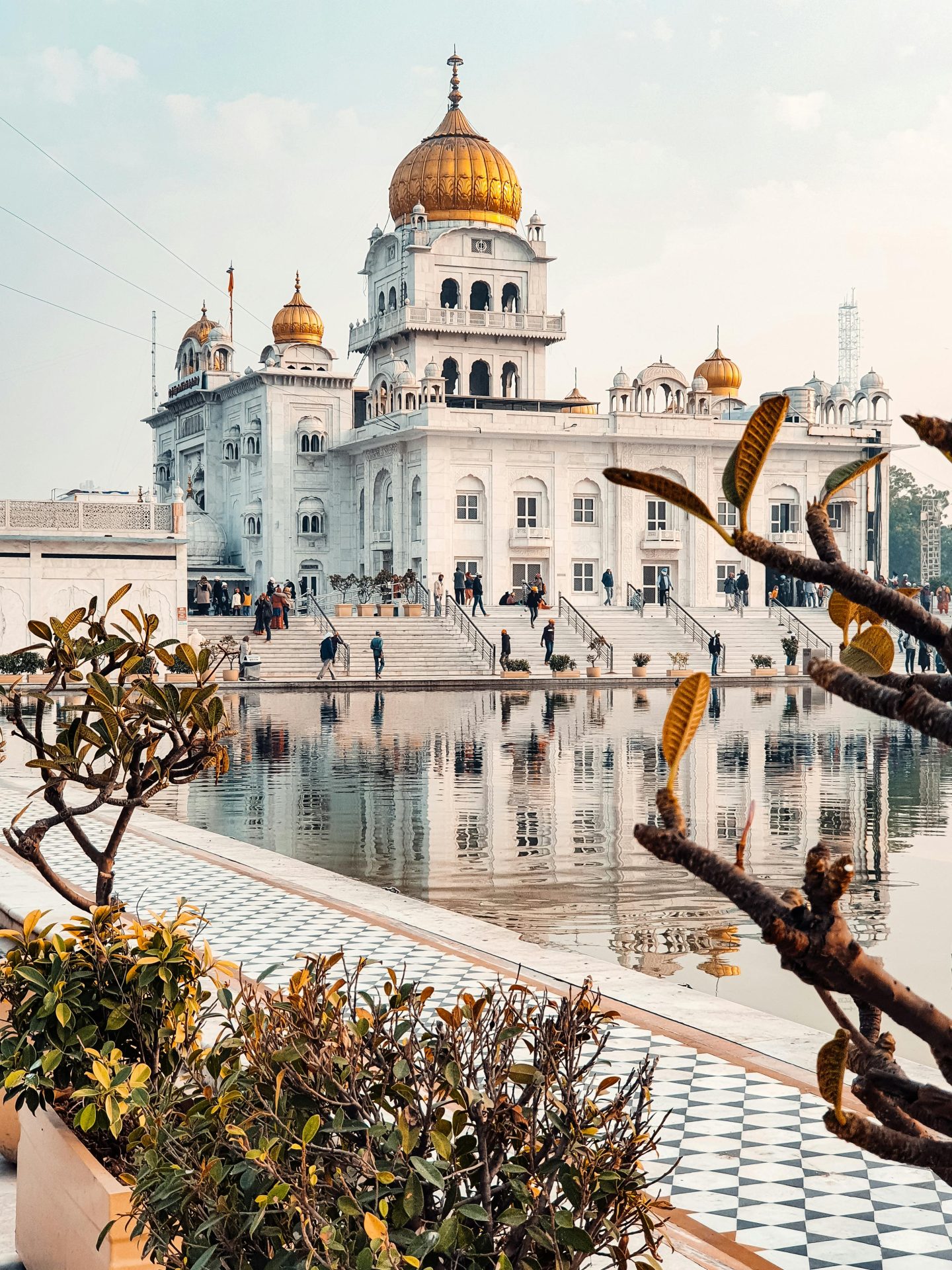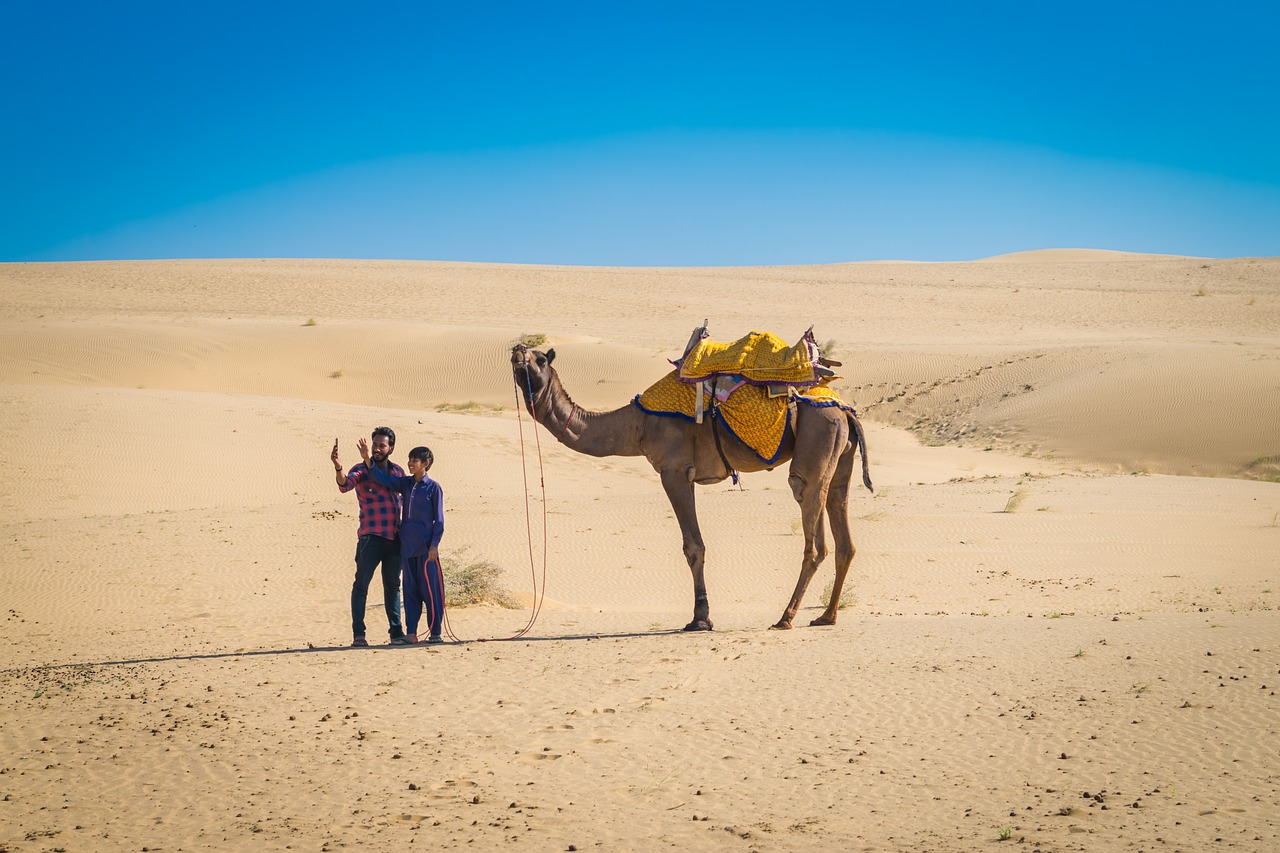Kanha National Park
Get up to 50% OFF on Europe Honeymoon packages
Kanha National Park: Your Ultimate Guide to India's Premier Tiger Reserve
Welcome to the Jungle Book's Real Home
Welcome to the enchanting world of Kanha National Park, where tigers roam freely through misty meadows and majestic sal forests. This magical wilderness inspired Rudyard Kipling to write The Jungle Book, and today it stands as one of India’s most captivating natural treasures. Kanha National Park spreads across 940 square kilometres of pristine wilderness in the heart of Madhya Pradesh. The morning sun paints golden stripes across the grasslands where spotted deer graze peacefully.
A Kanha National Park safari brings you face-to-face with some of India’s most magnificent creatures. Tigers walk ancient paths their ancestors have travelled for centuries. Barasingha deer, found nowhere else in the world, call this park their only home. The sweet songs of over 300 bird species fill the cool morning air. Your journey through this wonderland follows the footsteps of Mowgli and Bagheera. The park shelters over 125 tigers, making it one of India’s most successful tiger reserves. Expert naturalists guide your adventures through this living forest. Every turn on the jungle track might reveal a new wildlife wonder. A gentle stream carries stories of the wild through the heart of the park. Your safari vehicle moves silently through tall grass where tigers might rest.
Safari Adventures That Await You
Morning Safari Magic
Kanha National Park safari experiences start with the rising sun. Morning mist parts to reveal grazing deer and patrolling tigers. The park opens its gates at dawn when wildlife activity peaks. Trained guides know every tiger’s favourite paths and resting spots. Open-top vehicles give clear views of the surrounding forest. A Kanha tiger reserve safari booking ensures your perfect wildlife adventure. Elephants sometimes help track tigers through dense undergrowth. Birds of prey soar overhead searching for their morning meal. Sloth bears dig for termites in fallen logs. Wild dogs hunt in packs through open meadows.
Evening Wildlife Encounters
Langur monkeys warn deer of approaching predators. Each safari drive brings new wildlife surprises. Your guide explains animal behaviours and forest signs. Morning safaris show animals at their most active time. Evening drives catch predators starting their nightly hunts. Safari booking in Kanha National Park requires planning. The jungle changes colours as the day progresses. Different animals appear at different times. Young tigers learn hunting skills from their mothers. Peacocks dance in golden afternoon light.
Understanding Kanha's Zones and Areas
Core Zone Wonders
The Kanha zone reveals classic tiger territory in all its glory. A Kanha National Park ticket opens doors to this special realm. Tigers patrol these ancient hunting grounds daily. Spotted deer herds move through golden meadows. Wild boars dig beneath towering sal trees. Clear streams attract thirsty animals regularly. Monkeys swing through leafy canopies overhead. Your guide tracks fresh paw prints in morning dew. Bears search for honey in hollow trees. Jungle fowl scratches through fallen leaves.
The Mukki Experience
Mukki zone offers different wildlife viewing chances. A Kanha National Park safari here shows varied landscapes. Dense bamboo thickets shelter shy animals. Open grasslands attract grazing animals all day. Birds fill every tree with movement and song. Tigers rest in cool stream valleys. Your vehicle follows winding forest tracks. Each turn might reveal new wildlife wonders. Morning light catches dewdrops on spider webs. Evening brings predators to water holes.
Kisli Zone Adventures
The Kisli area welcomes wildlife enthusiasts warmly. Kanha National Park entry charges cover access to this zone. Barasingha deer gather in large numbers here. Tigers mark their territories on tall trees. Peacocks display their colours proudly. Wild dogs hunt through open areas. Your guide shares exciting wildlife stories. Morning fog reveals animal silhouettes. Evening light paints trees golden. Animals move freely between zones.
You can visit other destinations along with Central India:- Golden Triangle Tour,Adventure Holiday Tours,Taj Mahal Tour,Maheshwar Tour,Pench National Park Tour,Tadoba National Park Tour,Bandhavgarh National Park Tour,Gwalior Trip Package,Khajuraho Tour Package,
Planning Your Perfect Wildlife Visit
Best Seasons to Visit
Kanha National Park welcomes visitors from October to June each year. October brings pleasant weather after monsoon rains. Winter months show misty morning views. Tigers rest in the winter sun from November to February. March starts the prime wildlife viewing season. A Kanha National Park safari works best in the early mornings. Summer months bring most tiger sightings near water. April shows animals gathering at water holes. May offers the longest viewing hours. Clear skies make perfect photo chances. Wildlife moves actively in cooler hours. Your guide picks perfect viewing times. Park timings change with the seasons. Morning safaris start at sunrise. Evening drives catch sunset hours. Each season brings special wildlife moments.
Getting There and Accommodation
Travel Options
Kanha National Park connects well with major cities. Jabalpur Airport lies closest to the park. Regular buses run from nearby towns. Private taxis offer comfortable travel options. Your journey passes through beautiful countryside. Clean roads lead to all park gates. A Kanha National Park entry ticket needs booking. Local transport helps reach different gates. Park authorities maintain good access roads. Multiple entry points serve different zones.
Where to Stay
The best hotels in Kanha Tiger Reserve offer comfortable stays. Luxury lodges provide premium experiences. Middle-range hotels give good value stays. Budget options serve basic traveller needs. A Kanha National Park tour package includes selected stays. Each hotel offers special wildlife experiences. Trained naturalists guide hotel activities. Comfortable rooms welcome tired safari guests. Local food tastes especially good here. Evening wildlife talks share interesting facts.
Safari Experience Details
Safari Booking Process
Safari booking in Kanha requires proper planning. Online systems make booking easy now. Gypsy charges in Kanha National Park stay reasonable. Different zones need separate bookings. Morning slots fill up quickly here. A Kanha tiger reserve safari booking needs identity proof. The jungle safari price in Kanha National Park includes guide fees. Vehicle permits follow strict park rules. Booking gives better zone choices. Your booking confirms the exact safari times.
Safari Types and Costs
Elephant safari booking in Kanha offers special experiences. Jeep safaris run most frequently here. Kanha National Park ticket price varies by season. Foreign visitors pay different rates. Special photography permits cost extra. Safari charges in Kanha include guide services. Vehicle sharing helps reduce costs. Full-day safaris need special permits. Park rules control safari numbers. Your guide arranges needed permits.
Wildlife Viewing Guide
Tiger Tracking Tips
Kanha National Park safari guides know tiger habits. Fresh paw marks show tiger movements. Listen for deer alarm calls. Watch for tiger marking signs. Morning hours show more tiger activity. Your guide reads jungle signs carefully. Tigers often walk park roads. Water holes attract tigers regularly. Cubs play in the early mornings. Mother tigers teach hunting skills.
Other Wildlife Experiences
The Kanha jungle safari shows varied wildlife. Leopards hide in dense trees. Wild dogs hunt in groups. Bears search for fruits and insects. Jackals roam open areas. Deer species fill grasslands. Monkeys warn of predator presence. Birds show amazing colours. Small animals move through the undergrowth. Your camera catches special moments.
Conservation Success Story
Protecting Wild Heritage
Kanha National Park leads tiger conservation efforts. Local communities support protection work. Rangers patrol park areas daily. Tiger numbers grow steadily here. Scientific research helps protection work. Anti-poaching teams work constantly. Buffer zones reduce human pressure. Wildlife corridors connect forest areas. Young tigers find new territories. Park staff monitor wildlife health.
Frequently Asked Questions About Kanha National Park
Kanha National Park welcomes visitors from October to June. October brings pleasant weather with fresh green landscapes after the monsoon. Winter months (November to February) offer misty mornings and comfortable temperatures perfect for long safaris. March to May provides the best tiger sighting opportunities as animals frequently visit water holes. Summer months might feel hot but show most wildlife activity near water sources. The park closes during monsoon from July to September. Morning safaris start as early as 6:00 AM when animals stay most active. Evening safaris catch beautiful sunset views and predators beginning their night hunts. Each season brings its magic to your wildlife experience.
Kanha National Park houses over 125 tigers, giving excellent sighting chances. Most visitors spot tigers within two to three safaris. Morning and evening safaris offer the best viewing opportunities. Expert guides know tiger territories and movement patterns. Summer months show more tiger activity near water bodies. Tiger cubs often play in the early morning hours. Mother tigers teach hunting skills to young ones. Different zones show varied tiger activities. Some tigers regularly patrol their territories on main tracks. Your guide reads fresh paw marks and animal alarm calls to track tigers.
Kanha National Park spreads across several unique zones. The Kanha zone shows the highest tiger activity. Mukki zone offers excellent bird-watching opportunities. Kisli zone attracts many herbivores to its meadows. Each zone provides different wildlife experiences. The core zones need special permits for entry. Morning safaris work well in all zones. Your guide chooses zones based on recent wildlife movements. Different animals prefer different zone areas. Water holes in each zone attract varied wildlife. The park maintains good roads in all zones.
Kanha National Park welcomes families with children above five years old. Trained guides ensure safety during safaris. Vehicles follow strict safety guidelines. Morning safaris suit children better. The park maintains good roads for comfortable rides. Guides share interesting wildlife facts with kids. Short safari routes work well for families. Rest stops exist along safari routes. Hotels offer child-friendly facilities. Wildlife viewing excites young visitors safely.
Kanha National Park allows photography during safaris. Bring cameras with good zoom lenses. Professional photography needs special permits. Guides help find good photo positions. Early morning light gives the best photo chances. Keep cameras ready for sudden wildlife appearances. Follow park guidelines about flash photography. Different zones offer varied photo opportunities. Tripods need special permission for use. Morning mist creates magical photo moments.
A Kanha National Park safari needs to be booked through the official website or authorized operators. The booking process opens 120 days before your visit date. You must provide valid ID proof for all visitors. The park offers both online and offline booking options. Morning safari bookings fill up quickly, so plan early. Your booking includes vehicle charges, guide fees, and park entry costs. Different zones need separate booking arrangements. The park strictly controls the number of vehicles per zone. Authorized resorts can help arrange your safari bookings. Weekend and holiday safaris need extra early planning.
Your Kanha National Park visit needs careful packing. Bring neutral-coloured clothing (avoid bright colours). Pack warm layers for winter morning safaris. Include a good hat and sunscreen for sun protection. Comfortable walking shoes help during safari rides. Bring a good camera with extra batteries. Carry binoculars for better wildlife viewing. Pack some light snacks and water bottles. Mosquito repellent proves useful in the evenings. Keep important documents handy for entry. Light jackets help in early mornings year-round.
A Kanha National Park safari includes several cost components. Gypsy charges range from ₹2500 to ₹3000 per safari. Entry fees vary for Indian and foreign nationals. Guide charges add to the basic safari cost. Full-day safaris cost more than half-day ones. Special photography permits have additional charges. Some resorts include safari costs in their packages. Shared jeep safaris help reduce individual costs. Different seasons might show varied pricing. Elephant safaris have separate charge structures. The park maintains standard rates throughout the season.
The best hotels in Kanha Tiger Reserve suit different budgets. Luxury lodges provide premium experiences near park gates. Mid-range hotels offer comfortable stays with good amenities. Budget options give clean, basic facilities. Most hotels arrange safari bookings. Trained naturalists work with better hotels. Comfortable rooms welcome tired safari guests. Hotels serve both local and international cuisine. Evening activities include wildlife talks. Booking ensures better room choices.
A Kanha National Park visit offers various activities. Nature walks with guides show small forest details. Bird watching reveals amazing avian life. Visit nearby villages to experience local culture. Evening wildlife talks share interesting information. Some hotels arrange cultural programs. Photography workshops happen regularly. Nature interpretation centres teach forest facts. Short treks explore buffer areas. Local markets sell handmade crafts.

